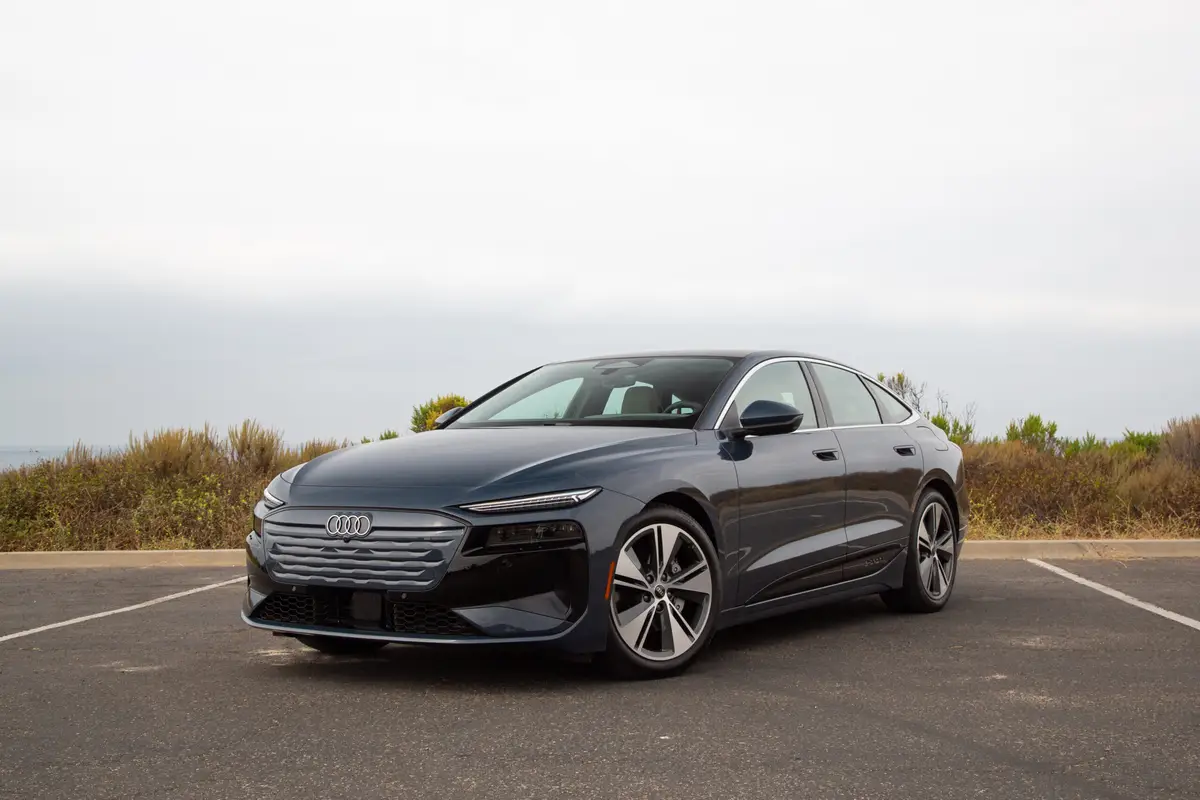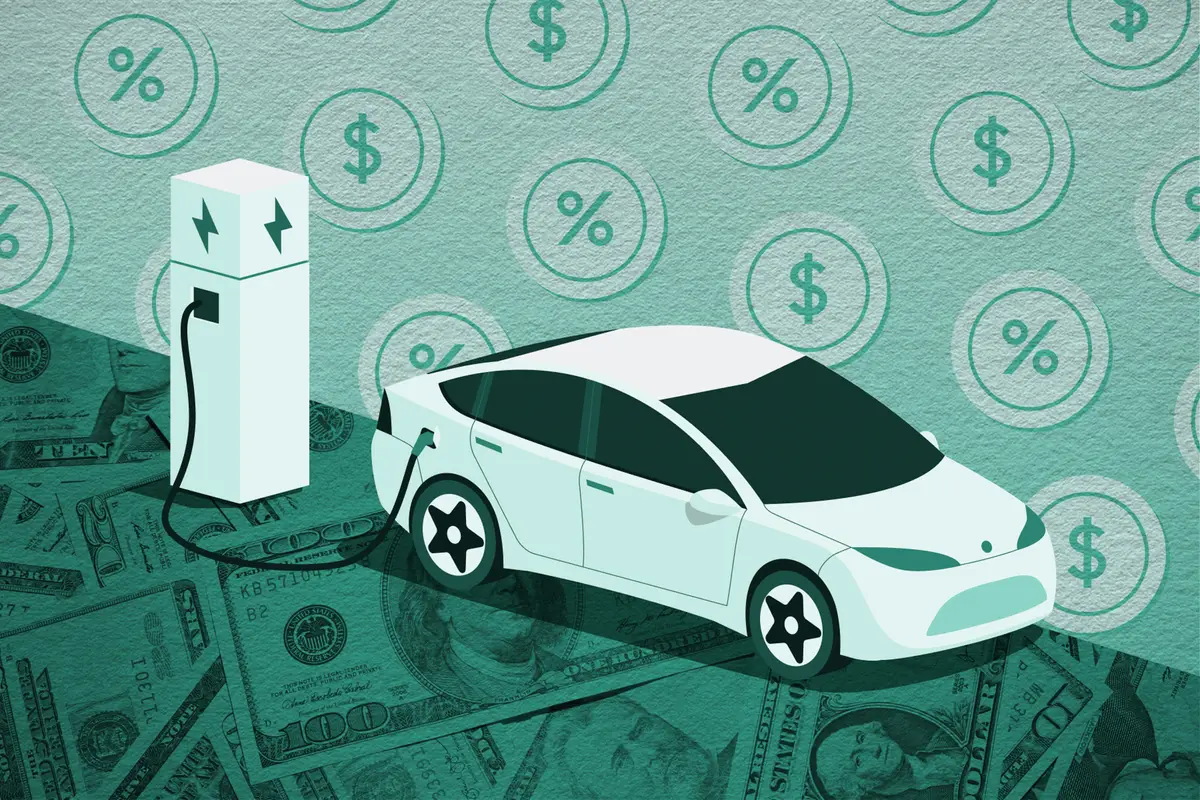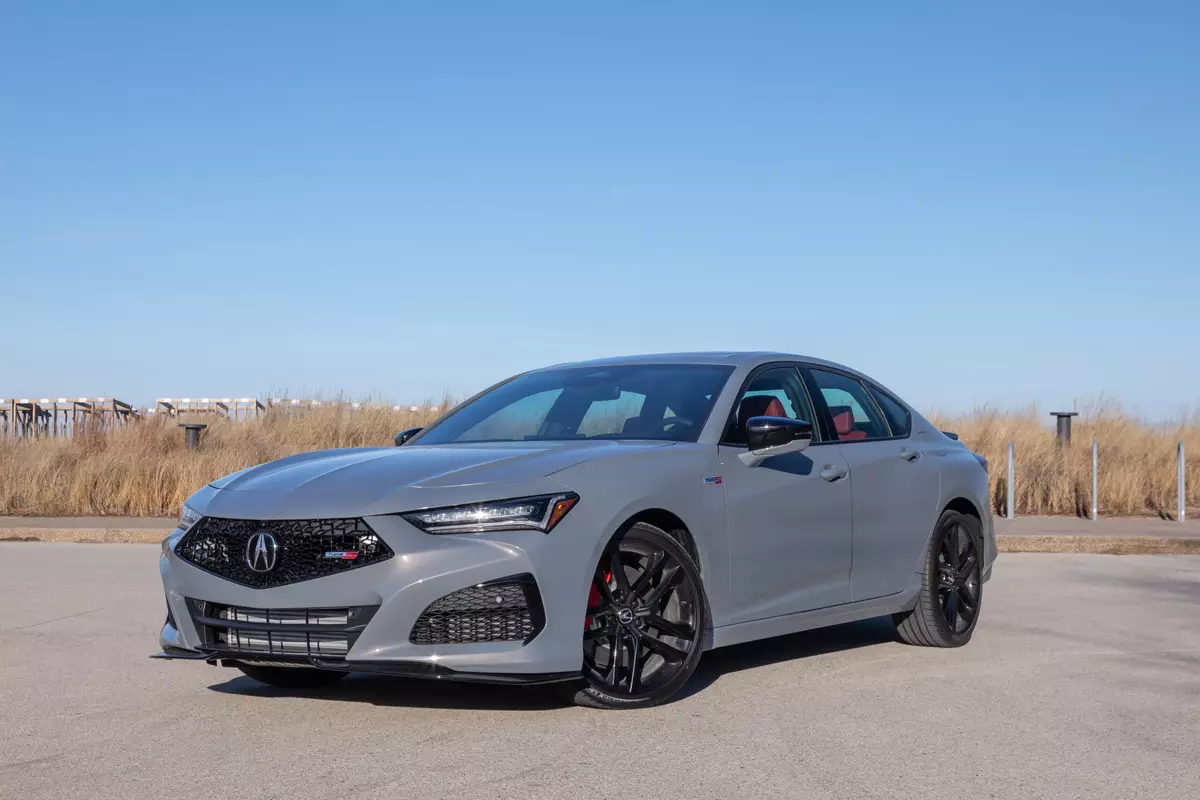2017 Subaru Impreza Review: First Drive

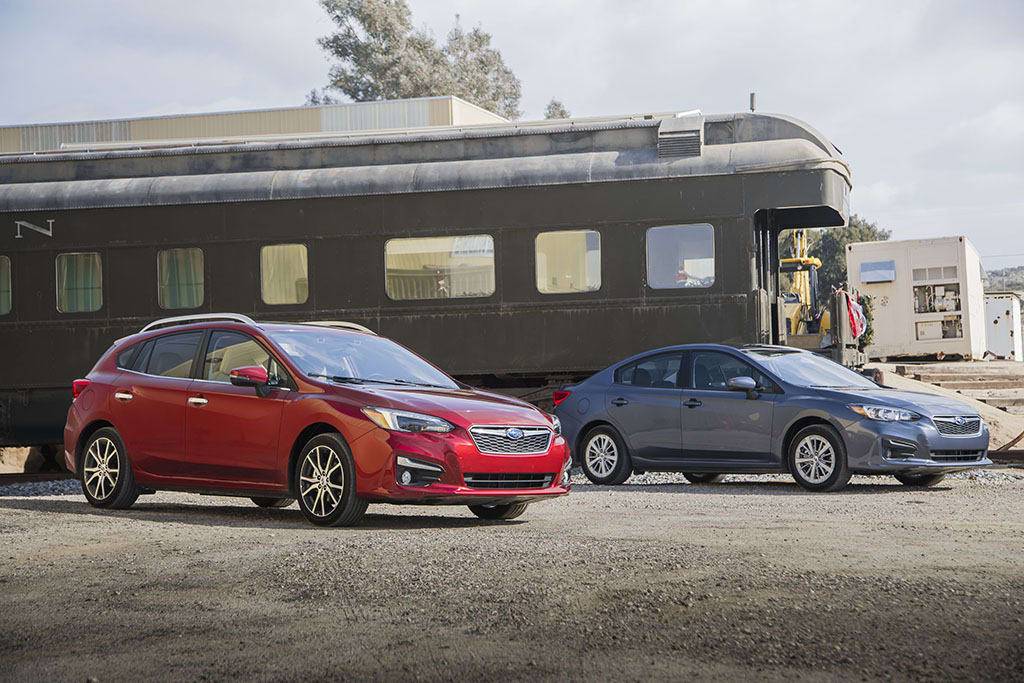
CARS.COM — As a Chicago-area native, I’ve been conditioned to root for the underdog, but I’ve never been able to get behind the Subaru Impreza. The compact car sits at the bottom of its class in sales, and in Cars.com’s most recent Compact Sedan Challenge, the current generation sunk faster than a Cubs fan’s heart during World Series Game 4 due to its unrefined powertrain and outdated multimedia system. A redesign for 2017 fixes some of its faults and still offers something special that other compacts don’t: standard all-wheel drive.
Related: 2017 Subaru Impreza: First Look
The new Impreza is a significant redesign; not only is it the first Impreza built in the U.S. (in Indiana), it’s the first to ride on Subaru’s new Global Platform that will eventually be used throughout the lineup. The new model again comes in sedan and hatchback versions, and both grow about 1.6 inches longer for 2017. Subaru said that the hatchback makes up 60 percent of Impreza sales. I drove two of them in the mountains outside of San Diego: the mid-level Premium and top-level Limited trim.
How It Looks
The previous car’s styling screamed economy, but the new model sheds that dullness with a look much more upscale and expressive. And though it’s not as evocative as the concept version that debuted in 2015, the production model doesn’t disappoint.
Its wider, lower stance adds an air of sportiness, and several cues have carried over from the concept, including its distinctive body side character line, muscular wheel arches, larger grille and hooklike LED headlights. Instead of blending into the class, it holds its own solidly next to the Honda Civic’s crisp lines and sharp angles and the Hyundai Elantra’s sweeping, classy curves.
How It Feels
The Premium model’s name is deceiving; it’s one step up from the base model but feels very base inside. Hard plastic lines the cabin, but surfaces are padded in key areas such as the door armrest. What’s chintziest is the unconvincing looking faux-metal panels along the dashboard and the plastic painted to look like metal near the gear selector. Not fooling anyone.
The Limited trim’s cabin, however, befit its spot at the top of the lineup: Leather seats and surfaces feel high end, as does the detail stitching on the dash. It still wears faux-metal plastic paneling, but it looks and feels more believable. Both models have wider, more bolstered seats than the outgoing car and they provide long-drive comfort.
The new Impreza is the first vehicle to use Subaru’s next-generation multimedia system. All trim levels offer a standard touchscreen with Apple CarPlay and Android Auto integration; I tested the 6.5-inch screen in the Premium and the 8-inch unit in the Limited. Both are straightforward with a logical menu structure, clear home button, and large tuning and volume knobs. It looks fresh too, with crisp resolution and modern-looking graphics.
In back, legroom has increased a bit for both the sedan and the hatchback, and I found the backseat roomy, except for the middle spot. A narrow seat and large floor hump make it usable for only short trips.
Behind the seats, the hatchback offers 20.8 cubic feet of space, a bit less than last year. It’s also slightly more than the Mazda3 hatch, but less than the Civic hatch. The sedan also offers more trunk space with 12.3 cubic feet of space, less than sedans such as the Civic, Toyota Corolla and Hyundai Elantra. Both body styles’ cargo areas have a wide mouth for easy loading and have seats that fold nearly flat with ease for more cargo space.
How It Drives
The last Impreza underwhelmed with its loud, plodding powertrain. The new version is better but still needs work. The revised 2.0-liter four-cylinder makes 152 horsepower, up slightly from last year, and 145 pounds-feet of torque, but it’s still poky. My mountainous test terrain served only to highlight its challenges. Power from a stop spools out leisurely, accompanied by the engine drone common to cars with continuously variable automatic transmissions. A five-speed manual is standard on base models; the CVT is standard on all other models.
On the highway, mid-range power is stronger, with more responsive delivery. At higher speeds, the CVT’s simulated stepped gears kick in, which makes it feel more like a conventional automatic with more oomph and less drone. Wind noise is well-checked, but road noise is a nuisance.
The Impreza’s comfort and driving dynamics impress. Bumps are well-damped and it handles well, with reactive steering, a planted feel at highway speeds and flat cornering. All-wheel drive is again standard on both the hatch and the sedan, and mileage is similar to the outgoing model. The hatchback is EPA rated at 28/37/31 mpg city/highway/combined, lower than the CVT-equipped Civic hatch (31/40/34 mpg) and the automatic-equipped Mazda3 hatch (28/37/31 mpg). The sedan’s numbers tell a similar story. With an EPA rating of 28/38/32 mpg, it trails base automatic versions of the Civic sedan and Hyundai Elantra by a couple mpg, and nearly matches the Corolla’s mileage.
Should You Buy One?
Safety and value are likely on compact car shoppers’ minds, and the Impreza should deliver in both categories.
Although it has yet to be crash-tested, Subaru says the Impreza’s collision energy absorption rate is 40 percent better than the old model, which has top safety scores from the Insurance Institute for Highway Safety and the National Highway Traffic Safety Administration. A backup camera is standard and in terms of active safety features, it’s among the more advanced in the compact lineup thanks to the optional EyeSight collision avoidance system, available on all models except the base version. Newly available safety features include a backup automatic braking system and steering-responsive headlights that swivel as the car turns. An automatic high-beam system joins EyeSight on Limited models; the system automatically turns the high beams on and off based on driving conditions. Subaru’s subscription-based Starlink Safety and Connected Services system returns as well.
Prices are up only slightly this year: The hatchback starts at $19,715 (all prices include destination). Competitors such as the Mazda3 hatchback ($19,930) and the Honda Civic hatchback ($20,535) start higher and don’t offer all-wheel drive, even as an option. The sedan’s value is also strong. With a base price of $19,215, it’s a bit lower than the base Civic sedan and Toyota Corolla, but costs $1,000 more than a base Elantra.
With this redesign, Subaru has got an underdog worth cheering for. The new Impreza has its quirks, but so did the World Series Champion Chicago Cubs.
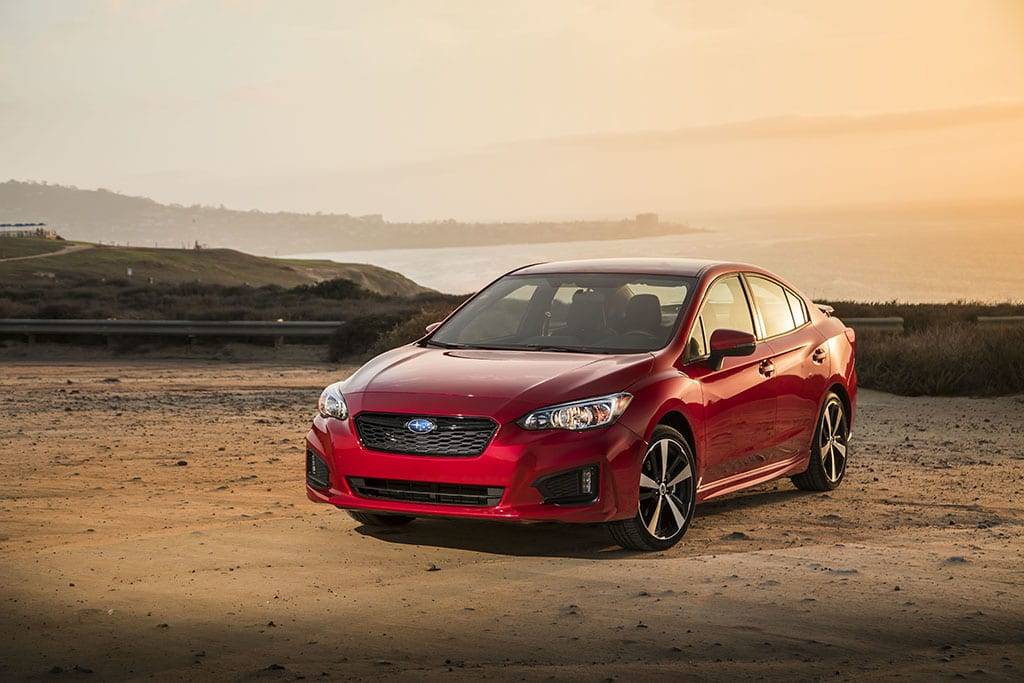
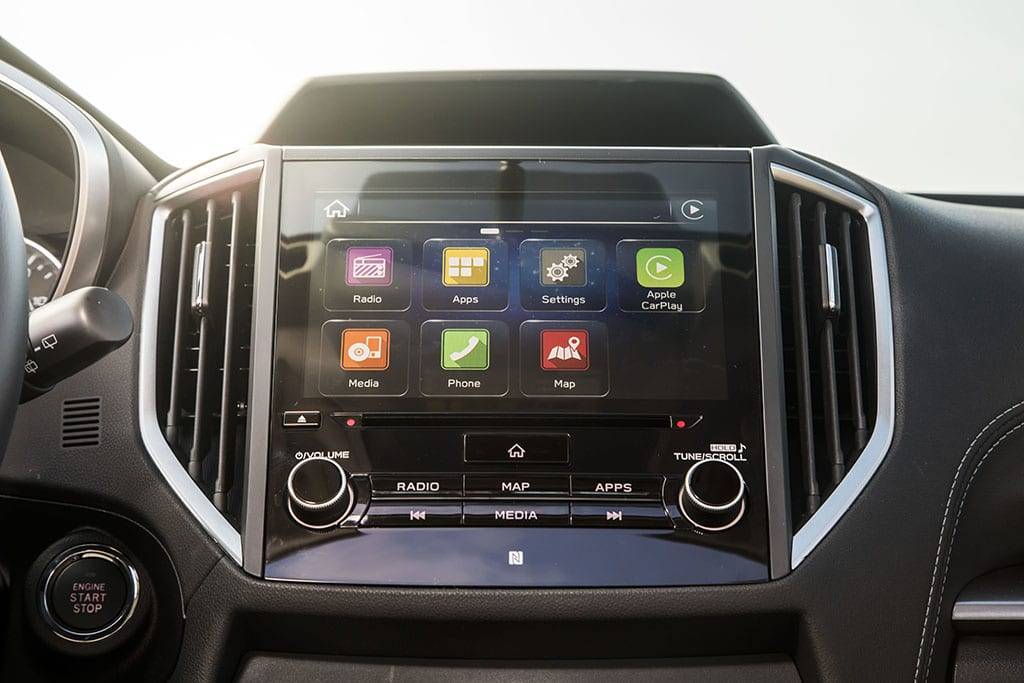
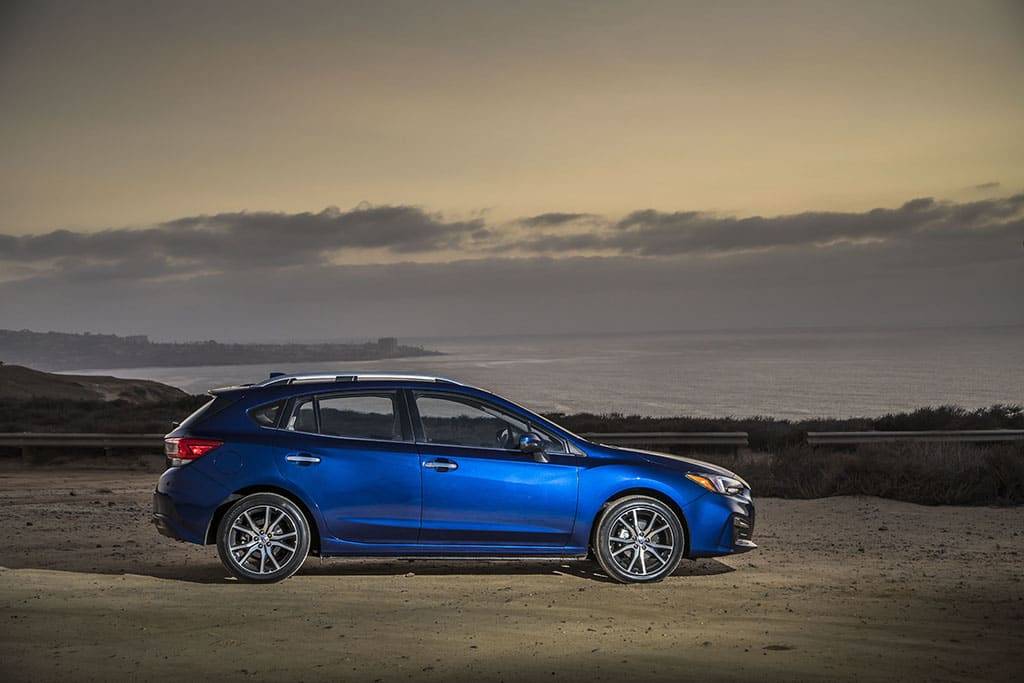
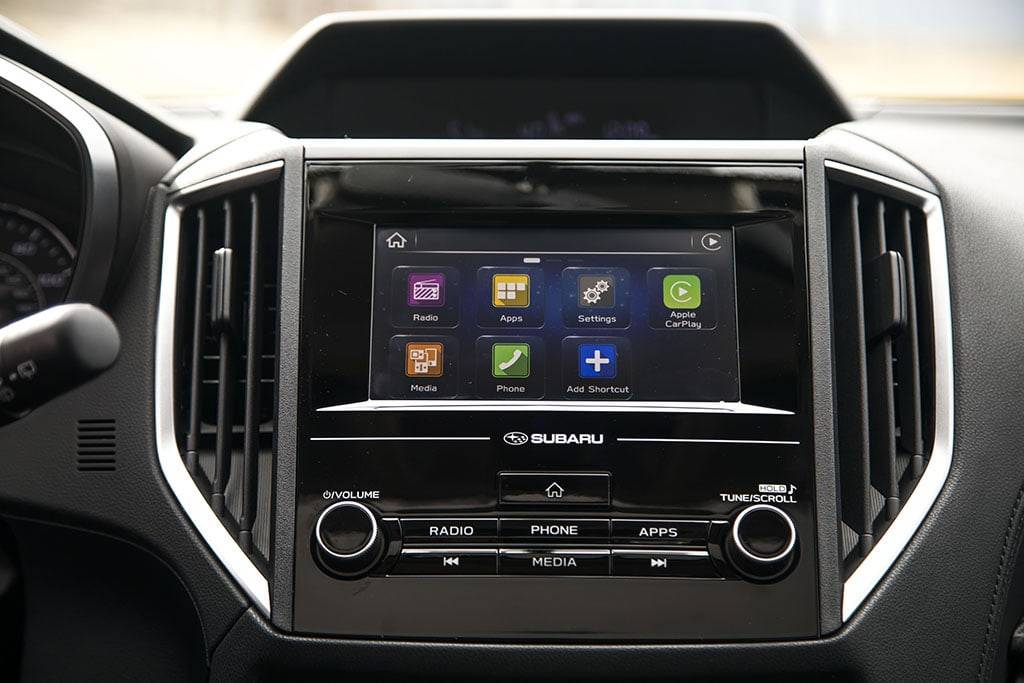
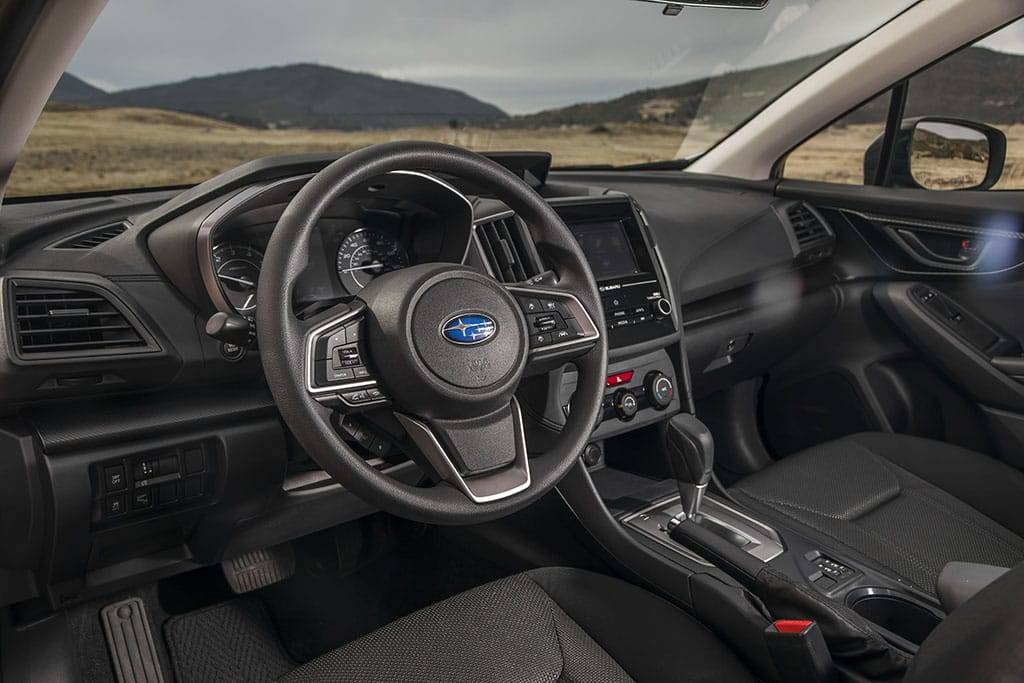

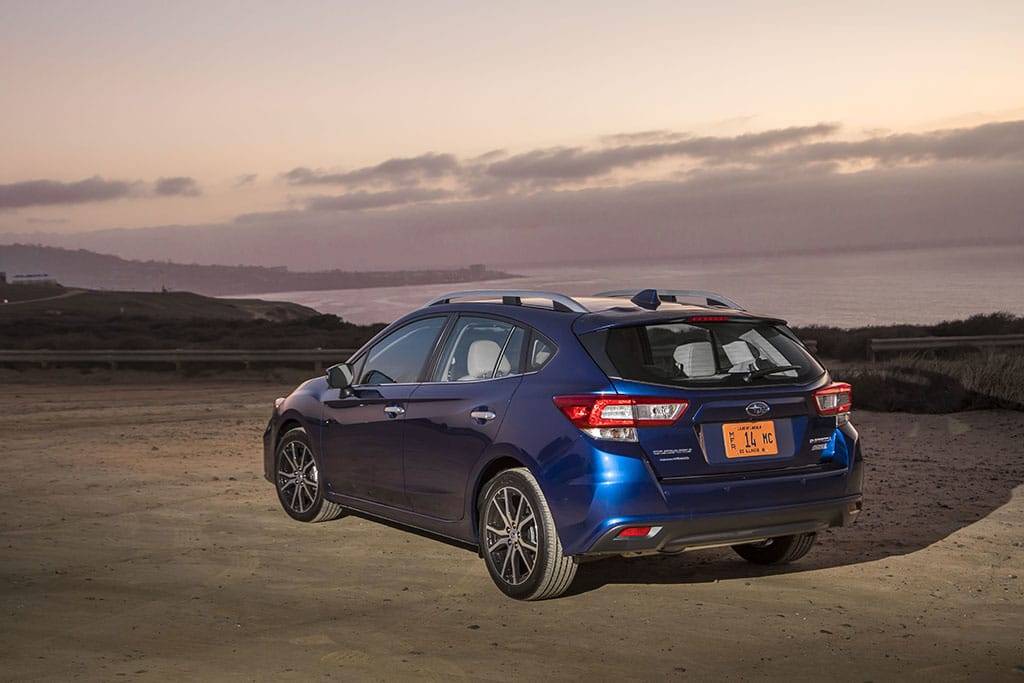
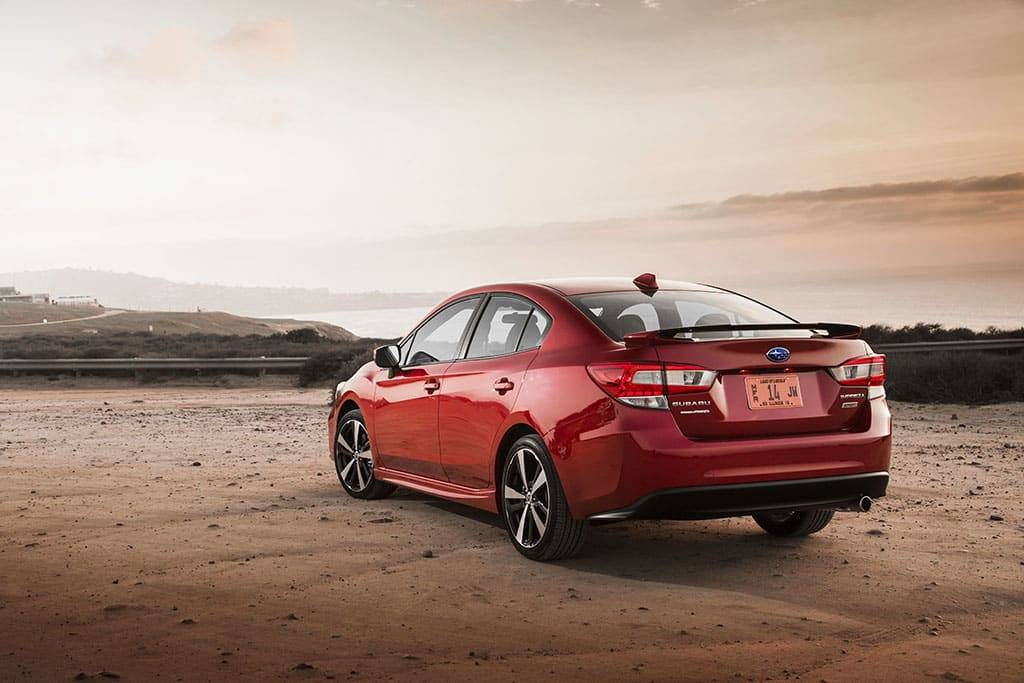

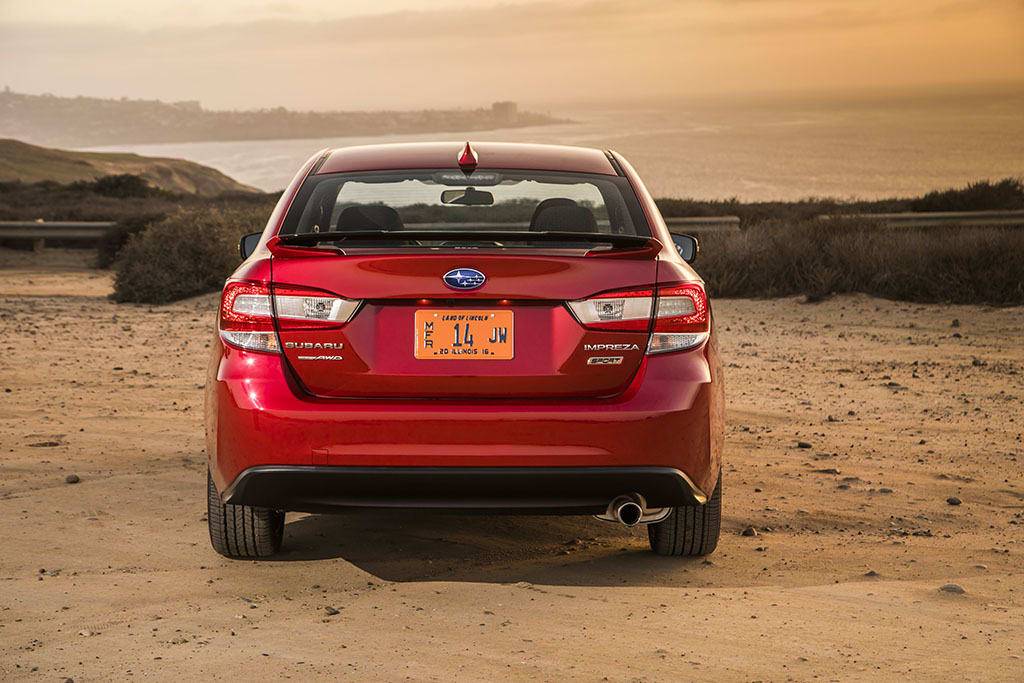
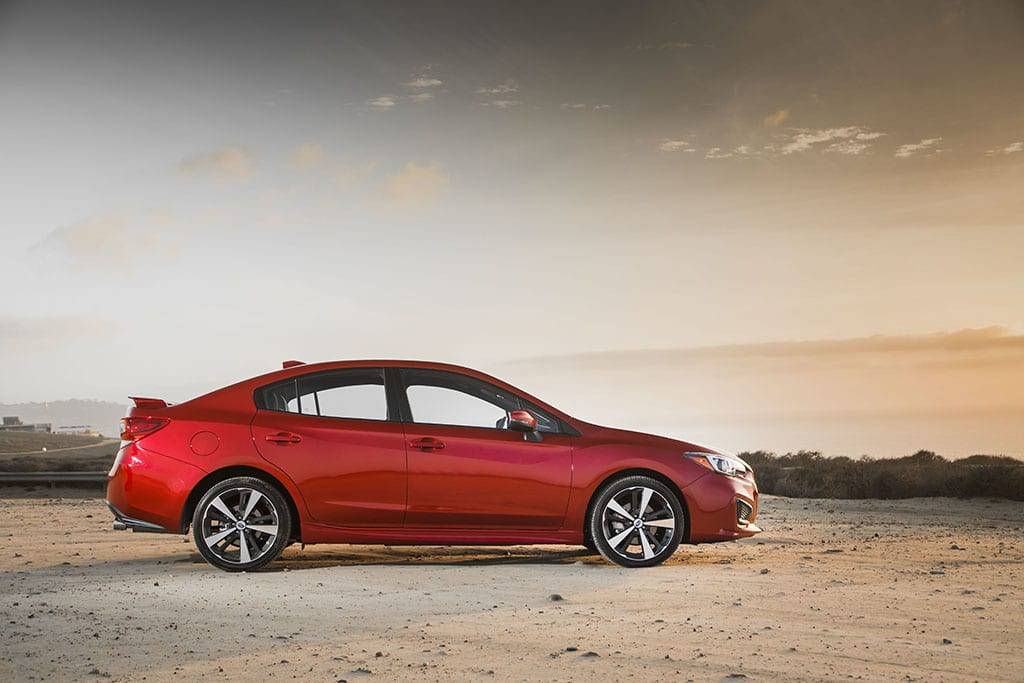
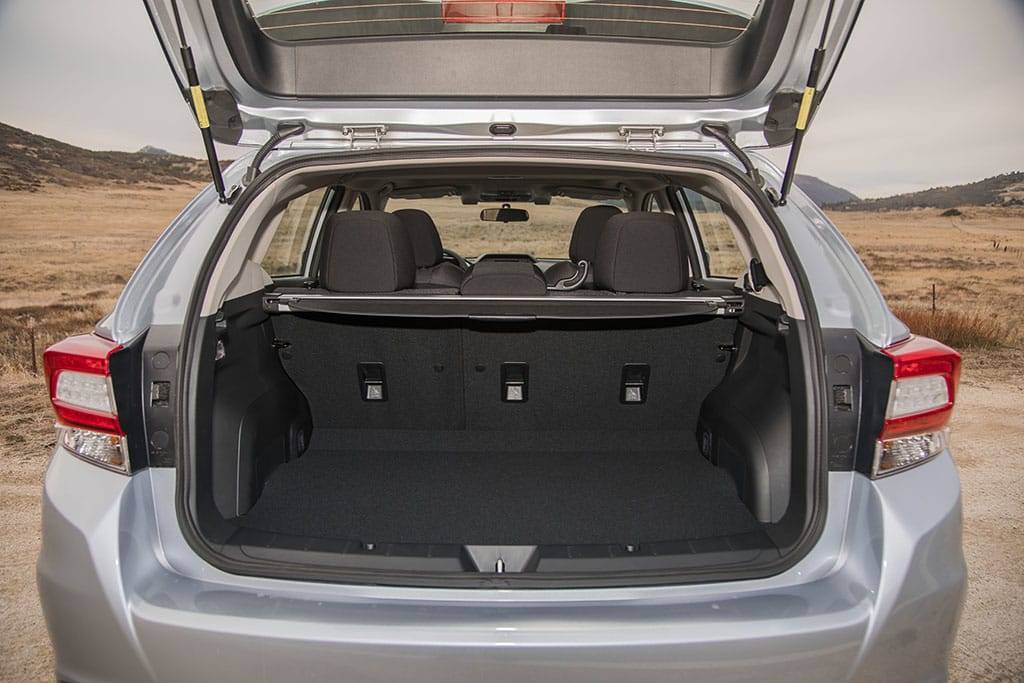
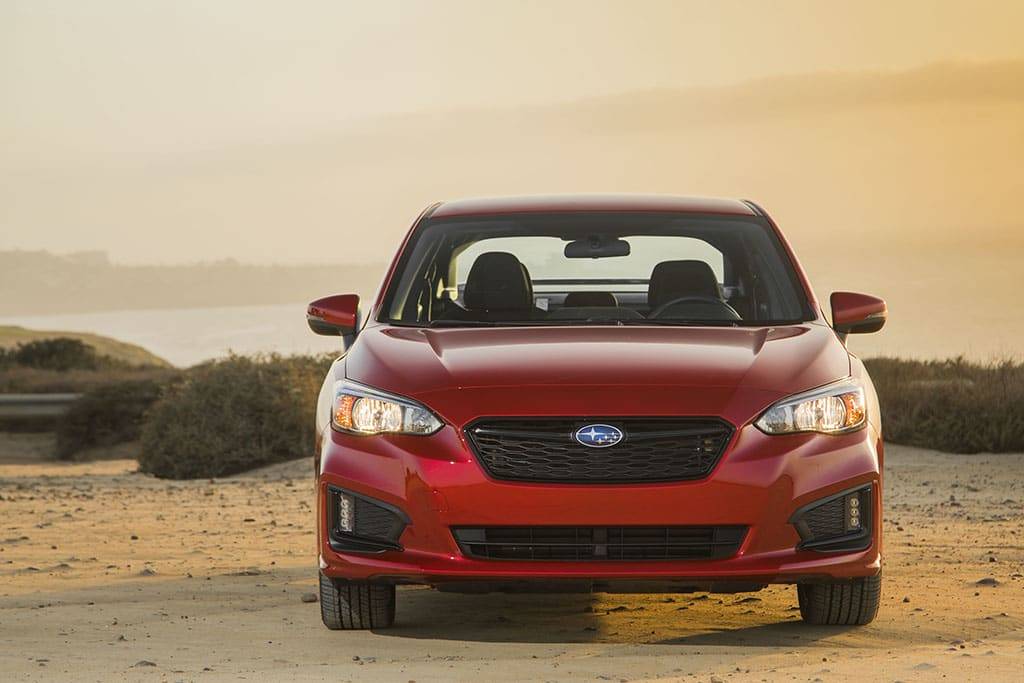
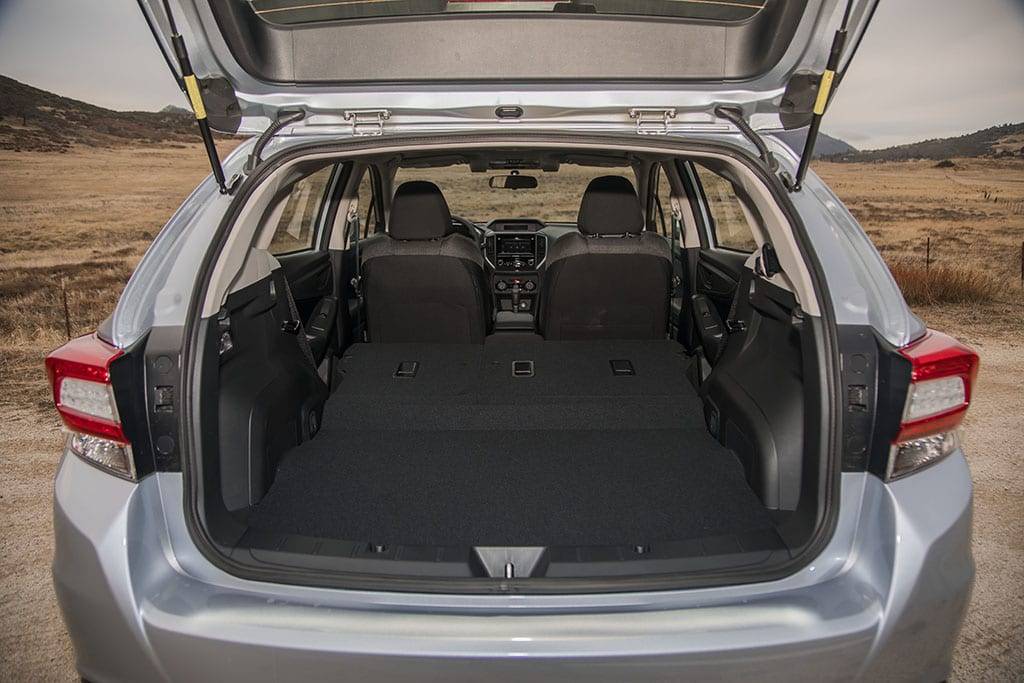
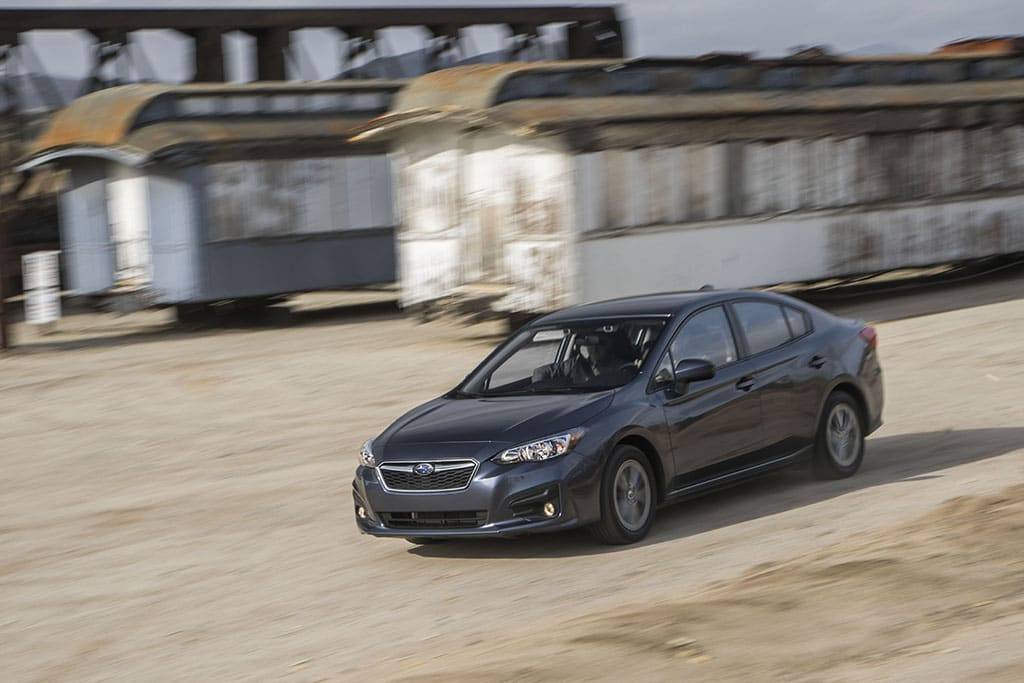
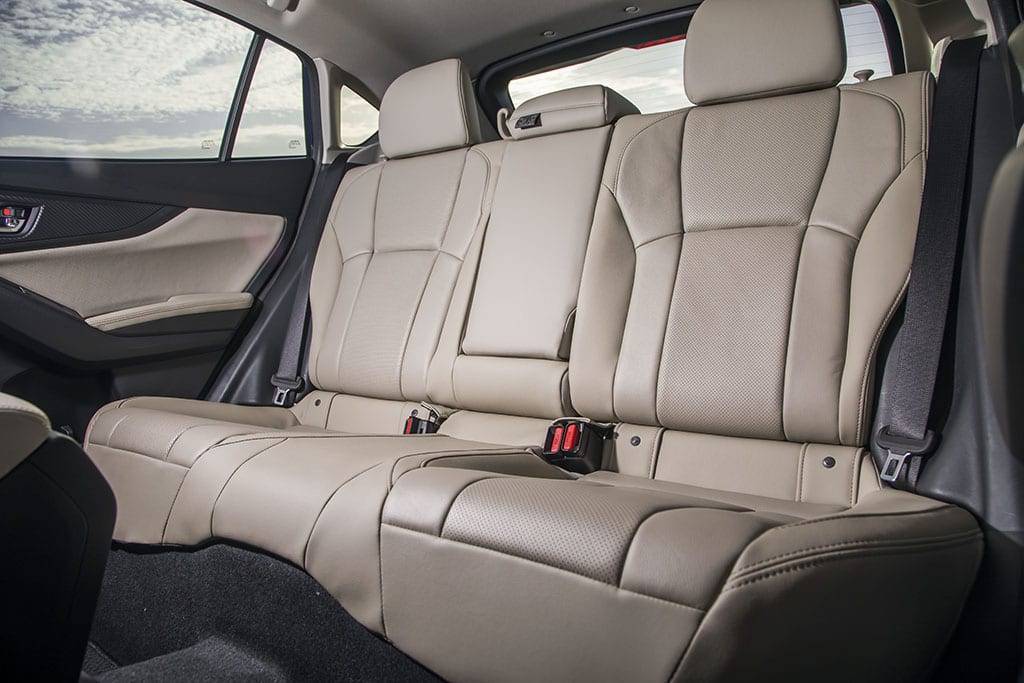
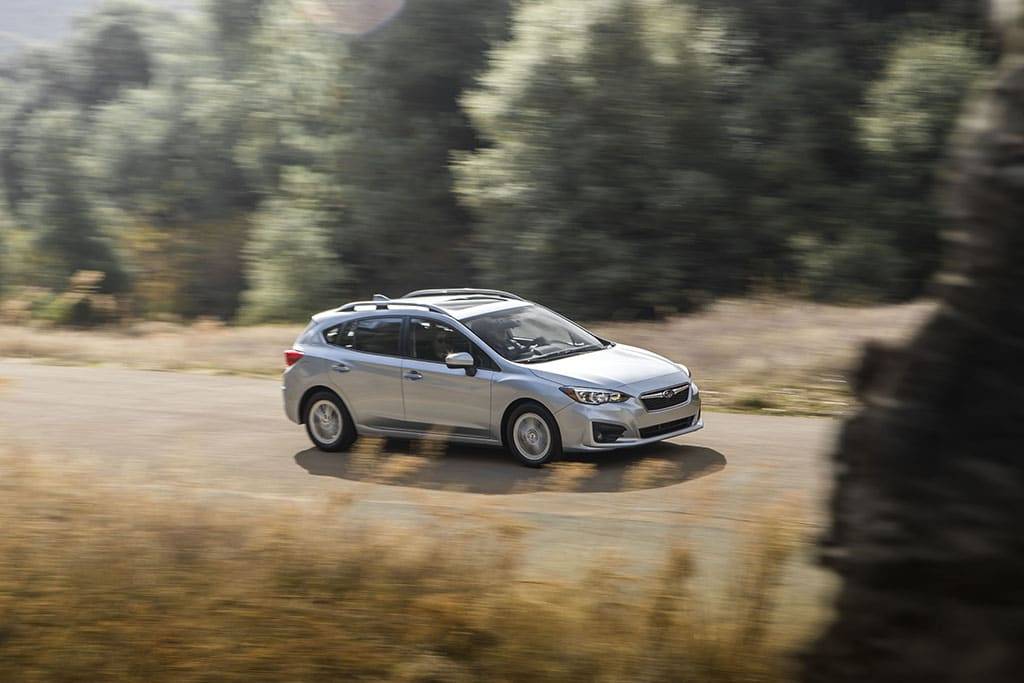
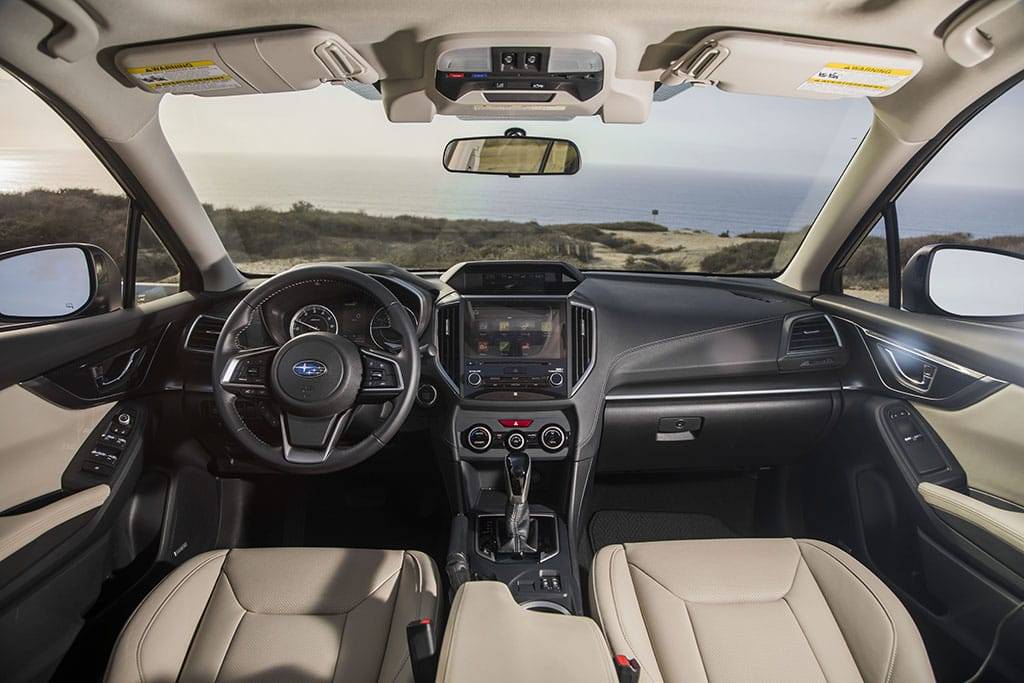
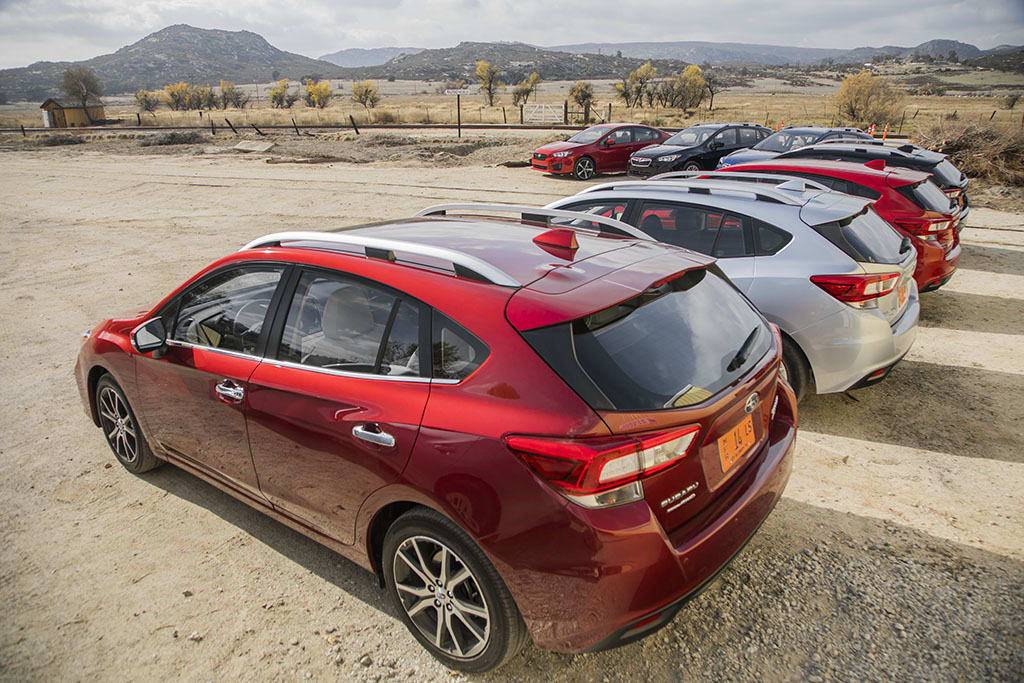




















News Editor Jennifer Geiger joined the automotive industry in 2003, much to the delight of her Corvette-obsessed dad. Jennifer is an expert reviewer, certified car-seat technician and mom of three. She wears a lot of hats — many of them while driving a minivan.
Featured stories
